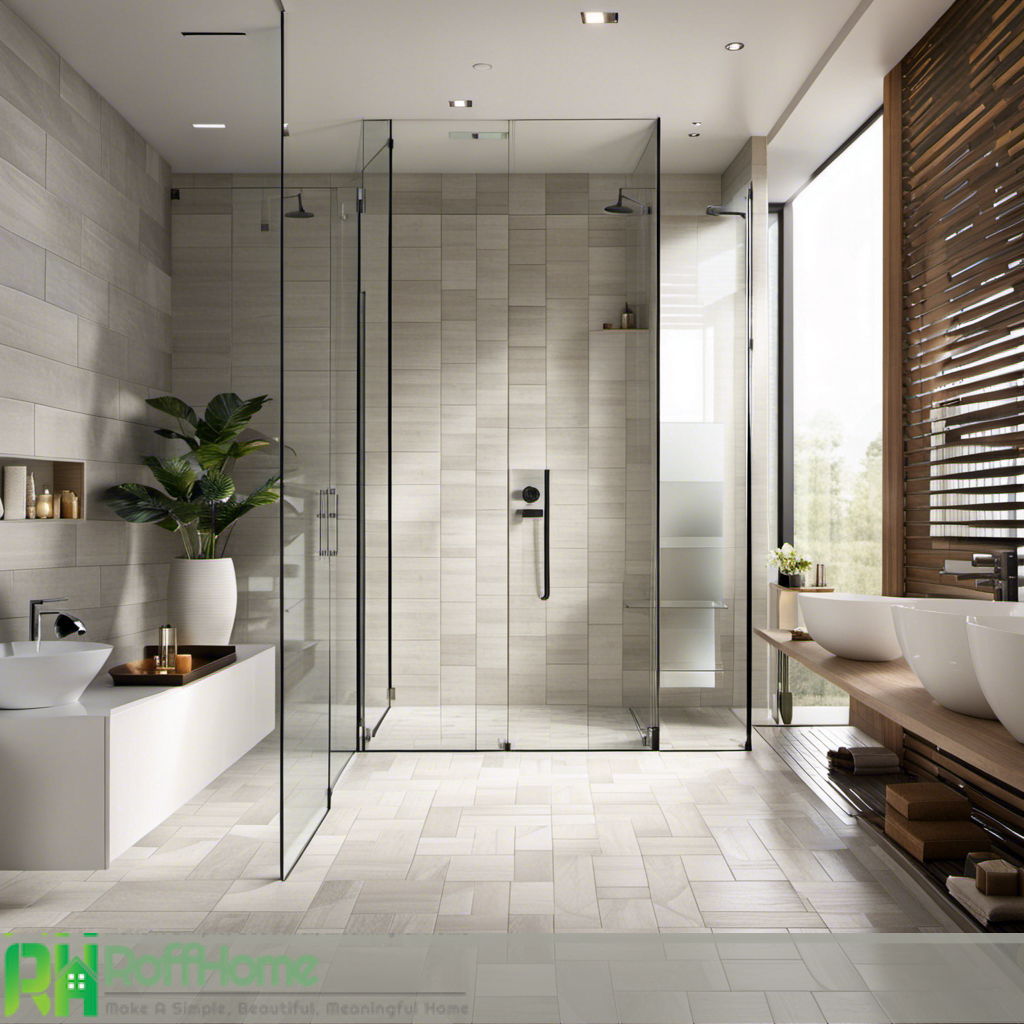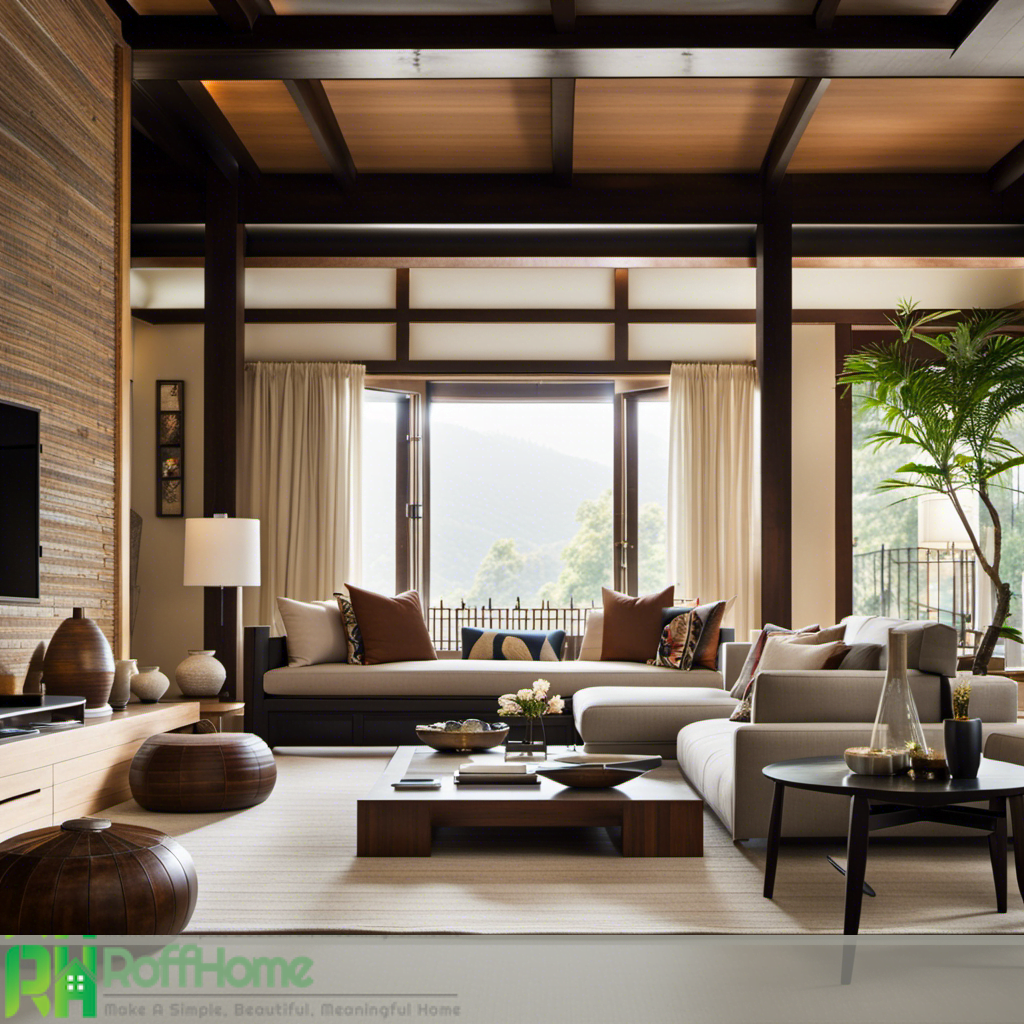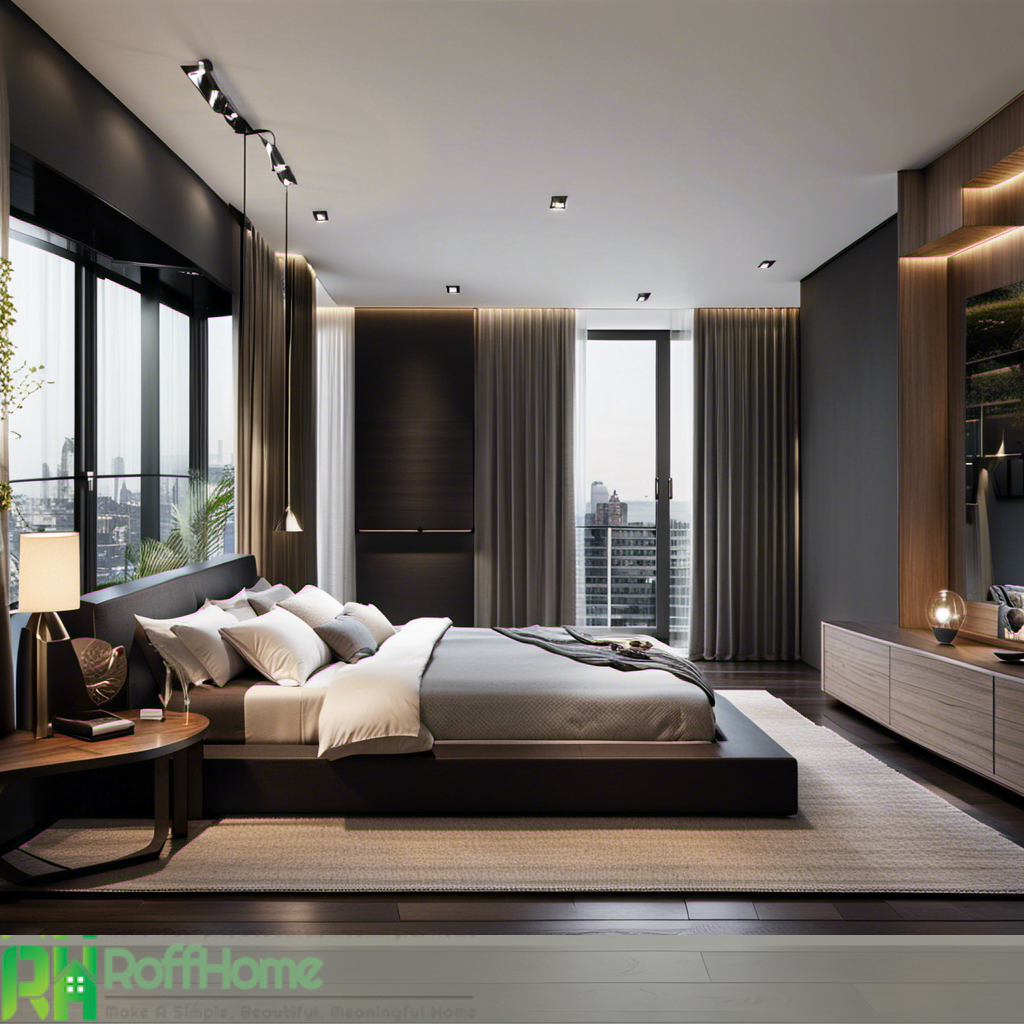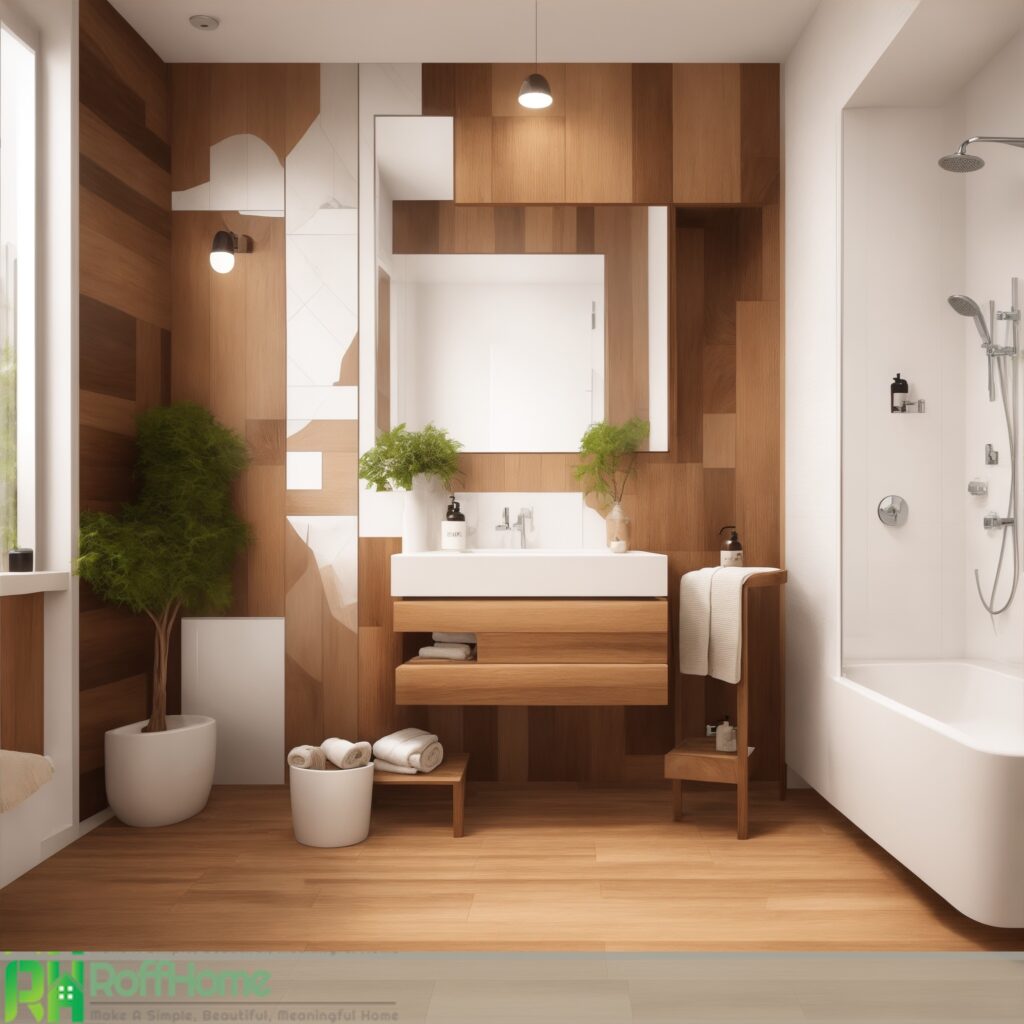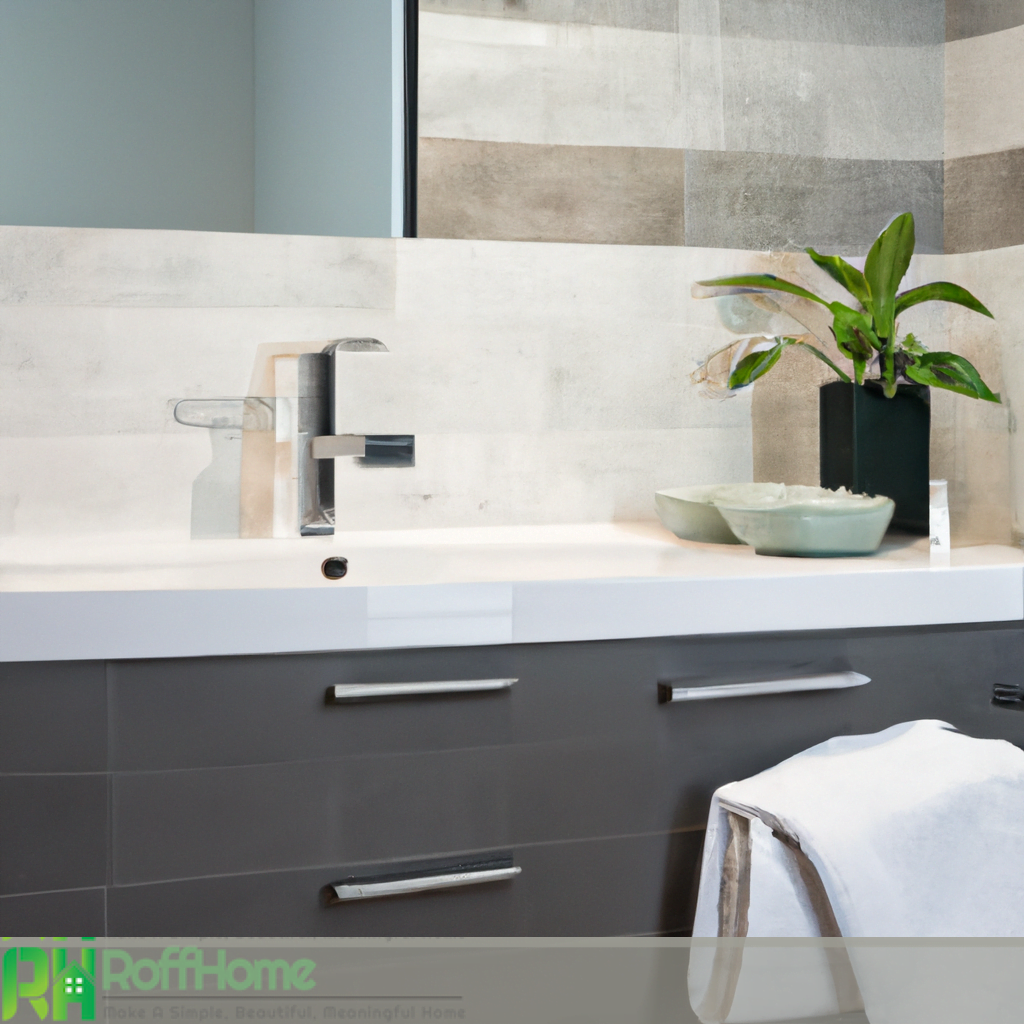Discover the Best Transitional Design Ideas for Your Living Room
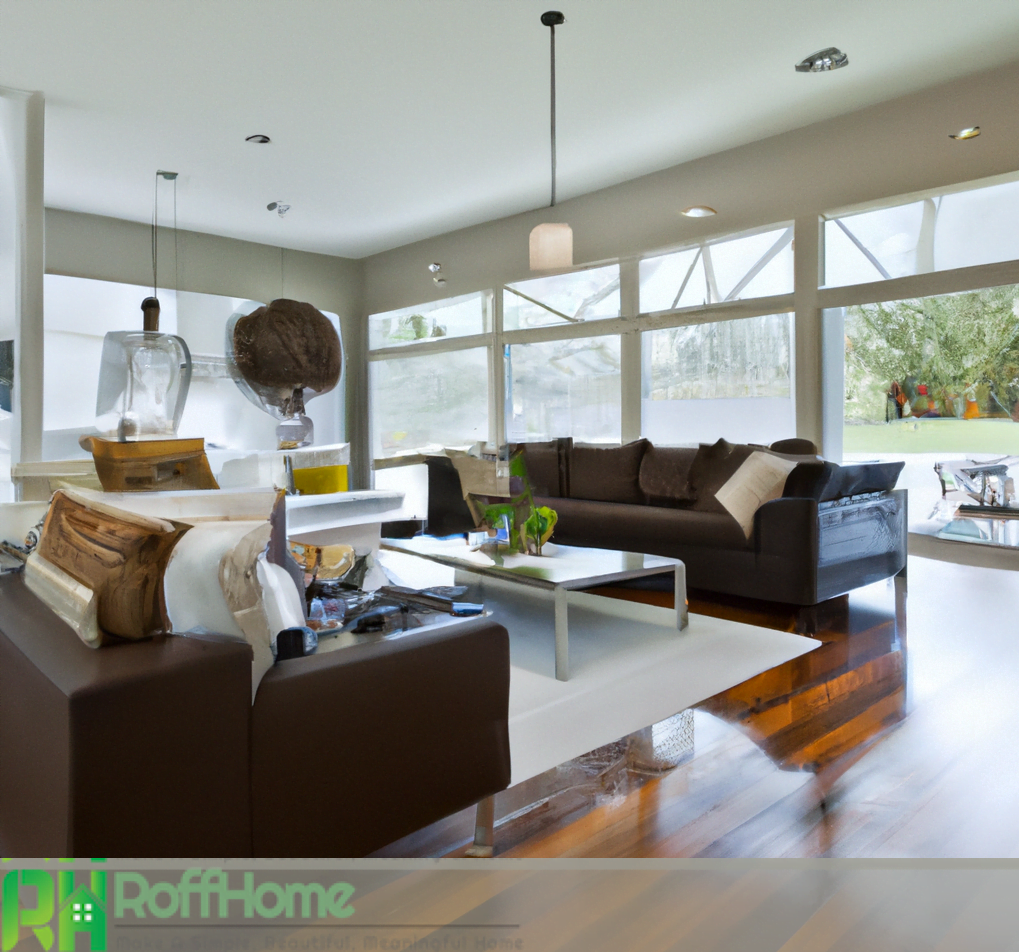
Transitional design living rooms are an increasingly popular interior design trend that blends traditional and modern elements to create a timeless, comfortable space that exudes warmth and style. At its core, transitional design emphasizes the balance between classic and contemporary styles, seamlessly combining the best of both worlds to create a space that is both timeless and of the moment. This design approach allows homeowners to update their living room décor without sacrificing the traditional charm and elegance they love.
The key elements of transitional design living rooms include:
- A neutral color palette.
- A mix of traditional and modern furniture.
- Carefully curated accessories.
- Layered textures.
Lighting design is also crucial in creating a warm and inviting atmosphere, while flooring options and window treatments can add an extra dimension of depth and interest to the space.
There are plenty of tips and tricks to help you create the perfect design space. When achieving the perfect balance of traditional and modern style, every detail counts, from space planning and furniture layout to wall decor, area rugs, and accent pieces. So whether you’re looking to refresh your living room with a few simple updates or embark on a complete makeover, transitional design is a versatile and enduring option that will stand the test of time.
Top Transitional Design Living Room Trends to Look Out for in 2023.
The living rooms have become increasingly popular in recent years, blending traditional and modern elements to create a timeless and stylish space. As we approach 2023, there are several top transitional design living room trends to look out for that can help you update your space and stay on-trend.
One key trend to look out for is warm, earthy tones in design living rooms. Warm browns, beiges, and rusts can add a cozy and inviting touch to your space while seamlessly transitioning between traditional and modern elements. Additionally, adding natural materials like wood, stone, and leather can further enhance the warm and organic feel of the space.
Another trend to watch for is statement lighting fixtures in transitional living rooms. Large pendant lights, chandeliers, and sculptural table lamps can add an extra layer of visual interest to the space while creating a warm and welcoming atmosphere.
Layered textures are another key trend to look out for in 2023. Mixing and matching textures like velvet, linen, leather, and wool can add depth and dimension to your living room, creating a cozy, comfortable, stylish, and inviting environment.
Finally, incorporating vintage and antique pieces into your transitional living room design can add a touch of timeless elegance and charm to the space. Whether it’s a vintage rug, a classic leather armchair, or a statement art piece, these pieces can help to anchor the space and add a sense of history and character to your home.
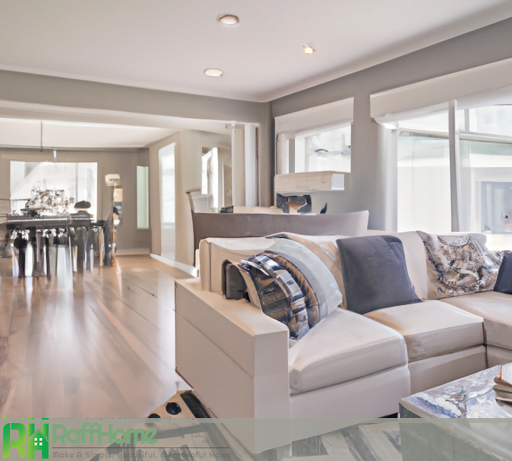
What is Transitional Design, and How Does it Apply to Living Rooms?
There is an interior design style that blends traditional and modern elements to create a cohesive and timeless space. This design approach is all about finding the balance between classic and contemporary styles, seamlessly combining the best of both worlds to create a space that is both enduring and of the moment.
When applying design to living rooms, several vital elements must be remembered. One of the most important is the use of a neutral color palette. By sticking to neutral tones like beige, cream, gray, and white, you can create a timeless backdrop that allows your furniture and accessories to shine.
In addition to a neutral color palette, transitional living rooms typically feature traditional and modern furniture. This can include classic pieces like a Chesterfield sofa or a wingback armchair alongside more contemporary designs like a sleek coffee table or a modern area rug.
Layered textures are another hallmark of design living rooms. Mixing and matching different textures like velvet, linen, leather, and wool can add depth and visual interest to the space while creating a cozy and comfortable environment.
Finally, lighting design is crucial for creating a warm and inviting atmosphere in a transitional living room. Consider using a mix of ambient, task, and accent lighting to create a sense of depth and dimension in the space.
Creating a Cozy and Inviting Transitional Living Room: Tips and Tricks
Creating a cozy and inviting transitional living room is about finding the right balance between traditional and modern elements while incorporating layered textures and warm colors. Here are some tips and tricks for achieving the perfect transitional living room:
Choose warm and inviting colors: Stick to a neutral palette with warm undertones like beige, cream, and gray. Add pops of shade with accent pieces like throw pillows, curtains, and artwork.
Mix traditional and modern elements: Create a harmonious balance between classic and contemporary styles by mixing and matching traditional furniture like a wingback armchair or a Chesterfield sofa with modern elements like a sleek coffee table or a statement rug.
Layer textures: Adding a variety of textures like velvet, linen, leather, and wool can add depth and dimension to your space while also creating a cozy and comfortable environment.
Pay attention to lighting: Use a mix of ambient, task, and accent lighting to create a warm and inviting atmosphere in your living room.
Incorporate natural materials: Adding natural materials like wood, stone, and leather can further enhance your space’s warm and organic feel.
Add personal touches: Incorporate personal touches like family photos, artwork, and sentimental pieces to add character and charm to your space.
Invest in quality pieces: Investing in quality pieces like a comfortable sofa or a statement piece of artwork can elevate your space’s overall look and feel.
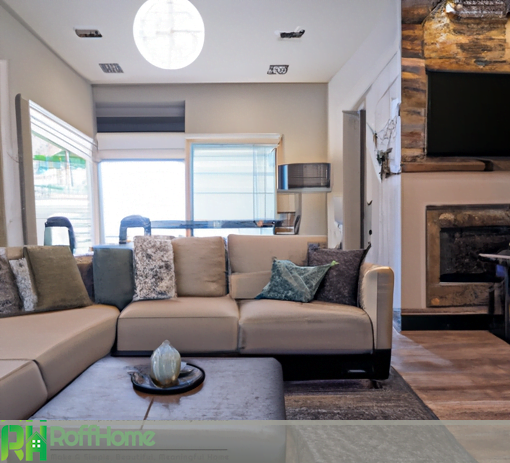
Combining Different Styles for Transitional Design for the Living Room
Combining different styles is a hallmark of design, and it can be especially effective in the living room. Here are some tips for successfully blending different styles in a transitional living room:
Choose a unifying color palette: While mixing and matching different styles is essential, you want to ensure that they all work together harmoniously. Consider using a neutral color like beige, cream, or gray as a base and then adding pops of color with accent pieces.
Mix traditional and modern furniture: Combining traditional and modern furniture is a crucial element of design. Try pairing a classic Chesterfield sofa with a sleek, modern coffee table or a traditional wingback chair with a contemporary area rug.
Layer textures and patterns: Layering different textures and patterns can add depth and visual interest to your space. Consider combining a plush velvet sofa with a textured wool rug or a patterned accent pillow with a solid throw blanket.
Play with scale: Mixing different styles can be tricky, but playing with scale can help tie everything together. Try pairing a large, statement piece of art with a smaller, more delicate side table or a chunky knit throw with a sleek metal lamp.
Add personality with accessories: Accessories are a great way to add personality and character to your space. Consider incorporating family photos, unique artwork, or vintage finds to add a sense of history and warmth to your transitional living room.
How to Choose the Right Furniture for Transitional Living Room Design
When it comes to designing a transitional living room, choosing the right furniture is vital. Here are some tips for selecting furniture that will work well in a transitional space:
Look for furniture with clean lines: Transitional design is all about finding the balance between traditional and modern elements. Look for furniture pieces with clean lines and simple shapes but also incorporate classic details like button tufting or turned legs.
Mix and match different styles: Transitional design is about blending different styles. Feel free to mix and match different types of furniture, like a traditional wingback chair with a modern sectional sofa.
Stick to neutral colors: Neutral colors are a staple of transitional design, so look for furniture pieces in shades like beige, gray, or cream. This will allow you to add pops of color with accent pieces like throw pillows or artwork.
Invest in quality pieces:There is about creating a timeless look, so invest in high-quality furniture that lasts for years. Look for pieces made with durable materials like solid wood or leather.
Consider the scale of the furniture: It’s essential to consider the scale of your furniture when designing a transitional living room. Choose appropriately sized pieces for your space and keep the room manageable.
Incorporate texture: Texture is an essential element of design, so look for furniture pieces that incorporate different textures like leather, velvet, or linen. This will add depth and interest to your space.
Remember function: While style is important, it’s also essential to consider the function of your furniture. Choose comfortable and practical pieces, like a cozy armchair or a functional coffee table.
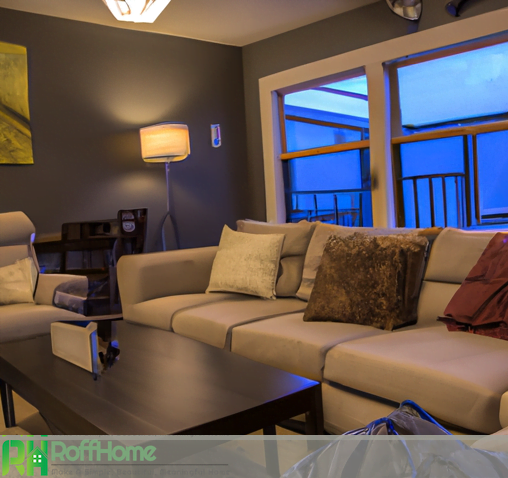
Color Schemes for Transitional Living Rooms
Color is a crucial element of design, and choosing a suitable color scheme is essential for creating a balanced and cohesive living room. Here are some tips for selecting a color scheme for your transitional space:
Stick to neutral tones: Neutral tones are a staple of design. Choose shades like beige, gray, or cream for your walls, flooring, and oversized furniture. These colors create a calming and timeless backdrop for your living room.
Add pops of color with accent pieces: While neutral tones form the foundation of your color scheme, don’t be afraid to add pops of color with accent pieces like throw pillows, artwork, or area rugs. Choose colors that complement your neutral palette, like shades of blue, green, or rust.
Consider contrasting colors: Contrasting colors can create visual interest and add depth to your living room. Consider pairing warm and cool tones, like beige and gray or rust and blue, to create a dynamic and visually appealing space.
Play with texture: Texture is an essential element of design, and it can also help add depth and interest to your color scheme. Consider incorporating different textures like velvet, leather, or linen in your accent pieces to create a layered and cozy space.
Use color to define different zones: If your living room serves multiple functions, use color to define different zones. For example, you could use a different accent color for your seating area than you do for your dining area.
Remember lighting: Lighting can also play a role in your color scheme. Use warm, ambient lighting to create a cozy and inviting atmosphere, or add a statement pendant light to create a focal point in your space.
Lighting Ideas for Transitional Design Living Rooms
Lighting is a crucial element of any living room and plays a vital role in design. Here are some lighting ideas to consider when designing a transitional living room:
Layer your lighting: Layering your lighting is essential to design. This means incorporating different types of lighting, such as ambient, task, and accent lighting, to create a warm and inviting atmosphere.
Use statement lighting fixtures: This often incorporates statement lighting fixtures as a focal point in the space. Consider adding a chandelier, pendant light, or floor lamp with a unique design to add visual interest and create a stunning centerpiece.
Incorporate natural light: Natural light is essential to design, as it creates a warm and inviting atmosphere. Consider using sheer or light-filtering window treatments to let in as much natural light as possible.
Choose warm light bulbs: Choosing warm light bulbs is essential for creating a cozy and inviting atmosphere. Look for bulbs with a color temperature between 2700K and 3000K to create a warm and comfortable glow.
Use dimmer switches: Dimmer switches allow you to adjust the intensity of your lighting to create the perfect mood for any occasion. Consider installing dimmer switches for your overhead lighting, and add dimmable lamps for even more control.
Consider the scale of your lighting: It’s essential to consider the scale of your lighting fixtures when designing a transitional living room. Choose fixtures that are appropriately sized for your space and don’t overwhelm the room.
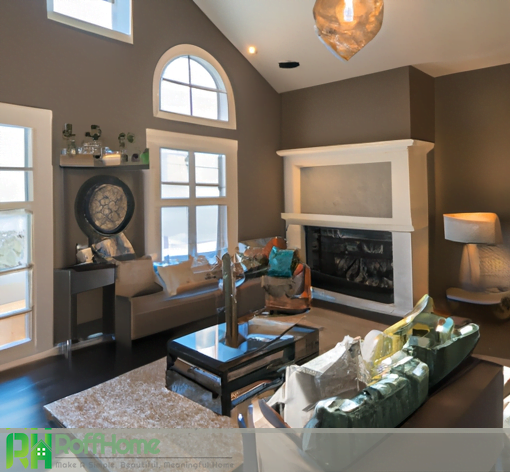
The Benefits of Transitional Design for the Living Room
This is a popular style that combines traditional and modern design elements to create a timeless and versatile look. Here are some of the benefits:
Versatility: This allows you to blend different styles and create a traditional and modern space. This makes it a versatile design style that can suit various tastes and preferences.
Timeless: The combination of classic and contemporary design elements in design creates a timeless look that will stay in style. This means you can invest in transitional furniture and décor pieces, knowing they will look great for years to come.
Comfortable and inviting: The emphasizes comfort and warmth, creating a cozy and inviting atmosphere in the living room.
Balance: The achieves a balance between traditional and modern design, creating a harmonious and cohesive space. This balance makes incorporating different furniture and décor styles easy without clashing.
Flexibility: Because It is a blend of different styles, it allows for flexibility in your design choices. You can mix and match furniture and décor pieces to create a unique, personalized space that reflects your style.
Time and cost-effectiveness: By incorporating traditional and modern design elements, you can save time and money on decorating. You don’t need to replace all your furniture and décor to achieve a new look; simply incorporating a few transitional pieces can transform your space.
In conclusion, transitional living rooms are a popular and versatile style combining traditional and modern design elements. By incorporating key elements such as color schemes, furniture, lighting, and accessories, you can create a warm and inviting space that is timeless and functional.

